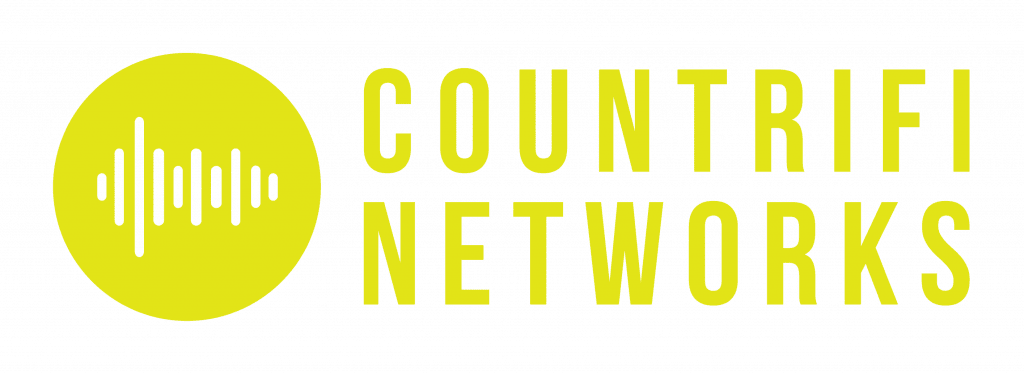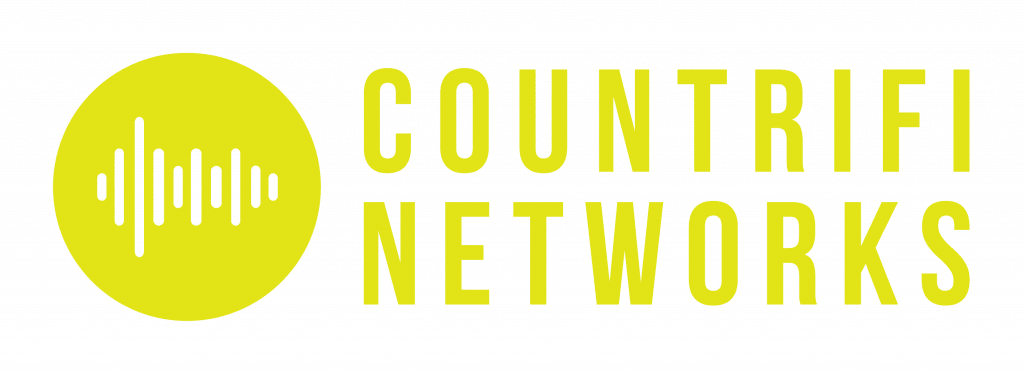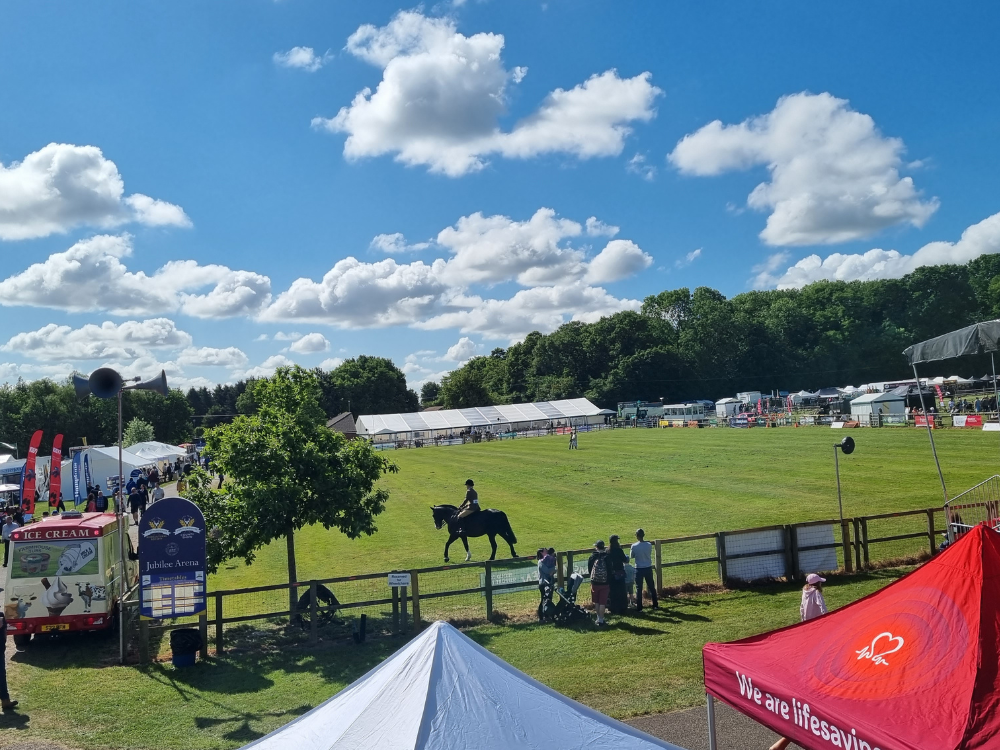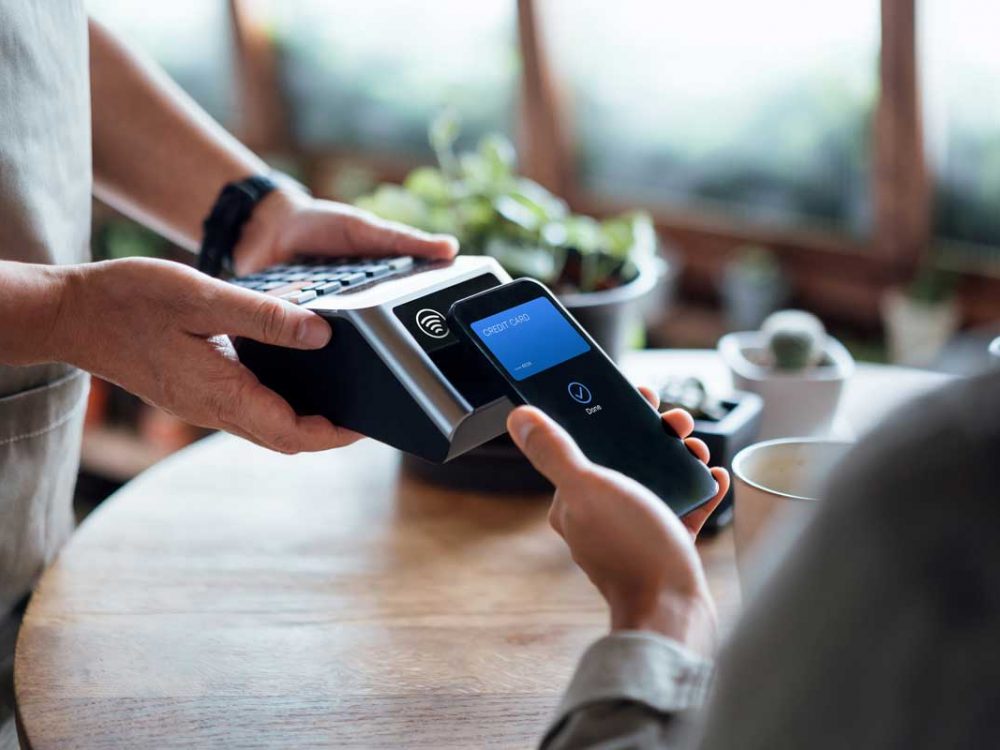Many large organisations are now asking their staff to continue to work from home until spring next year at the earliest, with Lloyds Bank being one of the most recent firms to do so. See the article on the BBC website here: https://www.bbc.co.uk/news/business-54681144
So what does it all mean? Copper Broadband, Fibre broadband, Fibre to the Cabinet (FTTC) or Fibre to the premises (FTTP) and Leased lines. What are they and how fast can they go?
Copper broadband is the original broadband technology and is what a majority of UK home broadband subscribers will be on. It uses another frequency on the same lines that your traditional land line telephone comes in on. Speeds can normally get up to 18-24mb download and 6-8mb upload in an area closer to the exchange. The further away you are, the lower the speed is likely to be. To get an idea for any property you can use the broadband availability checker on the tools page of our website here: www.Countrifi.co.uk/tools
Talking of exchanges we should probably explain that to understand what speeds you are likely to get, imagine shining a torch down a tunnel. The further away from the light source the dimmer it gets, this is akin to how copper broadband works. When we move to Fibre broadband, FTTC or FTTP or leased lines we start to move to a different realm altogether.
There are really only a handful of companies providing full blown fibre in the UK with the largest residential provider being Virgin Media (Formerly NTL) and in order to receive their fastest selling service you need to be in a ‘Virgin Media enabled area’ where they have their own fibre services in the ground. Speeds on their residential network are now available over 500mb download which really is quite incredible. You won’t always get that speed though but regulators have now brought in rulings around minimum speed guarantees so you should get a pretty reasonable offering.
For FTTC and FTTP you will be using the Openreach network. Fibre to the cabinet means fibre optic cable is run from the exchange to the local green street cabinet. From there a copper connection (most likely an existing telephone line to your house) is utilised to bring the service into the home. By using fibre to the local street cabinet the speeds are that much higher before being transmitted across the copper telephone lines. Most FTTC packages are 80/20 or 40/10 meaning 80mb down and 20mb up and 40mb down and 10mb up.
Fibre to the Premises is now common in new build homes and speeds here can be up to 300mb download. As the name suggests a fibre optic cable is used to bring broadband directly into the house giving much greater speeds. You could say it is the equivalent of Virgin Media’s fibre broadband, however, Virgin Media have been doing it a lot longer and the speeds are already that much higher and most likely cheaper.
Leased lines are really targeted at business customers and are a dedicated fibre line into a business premises. Most residential services are affected by something called a contention ratio (normally 50:1 or if you pay slightly more it can be 20:1) whereas a leased line is uncontended. This means the entire circuit is yours and yours alone, however, be prepared to get your checkbook out as they can be expensive to install and expensive to run.
We intended for this article to be fairly light reading and to explain the technology that we are all relying on currently. We hope we’ve achieved that but as always we’d value your feedback. If you have any comments or questions then please get in touch and we’ll be happy to answer them.
Thanks for Reading,
The Countrifi Team.



